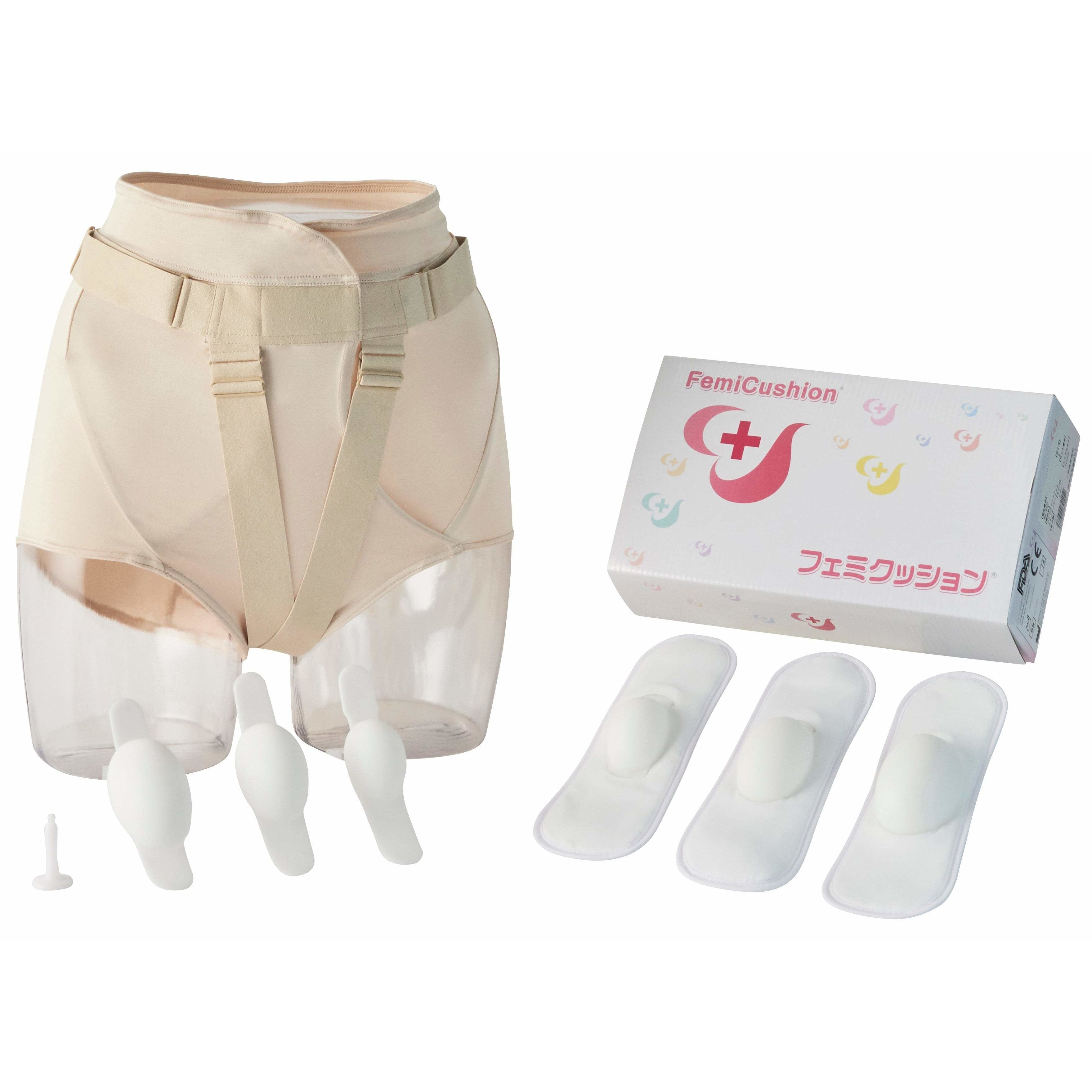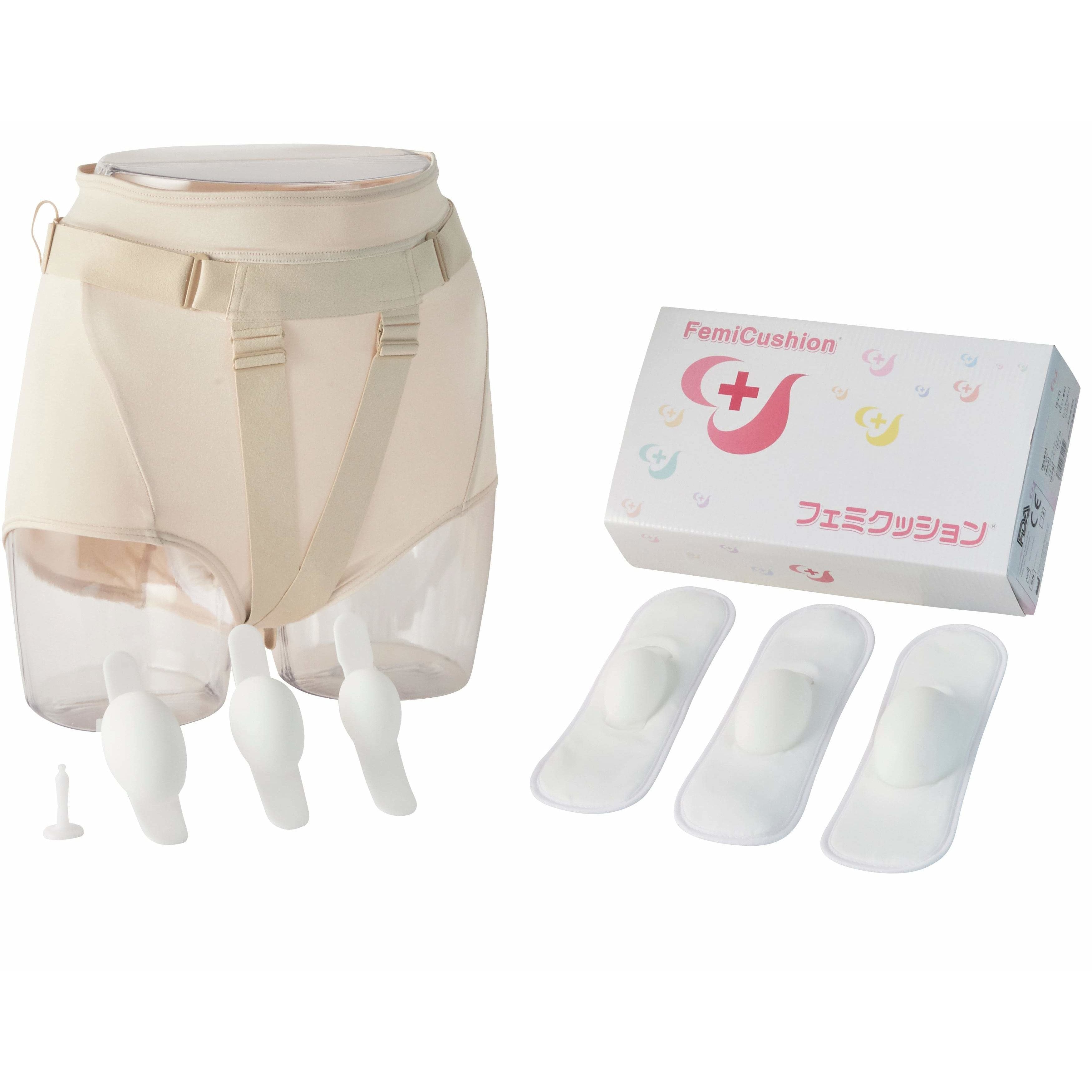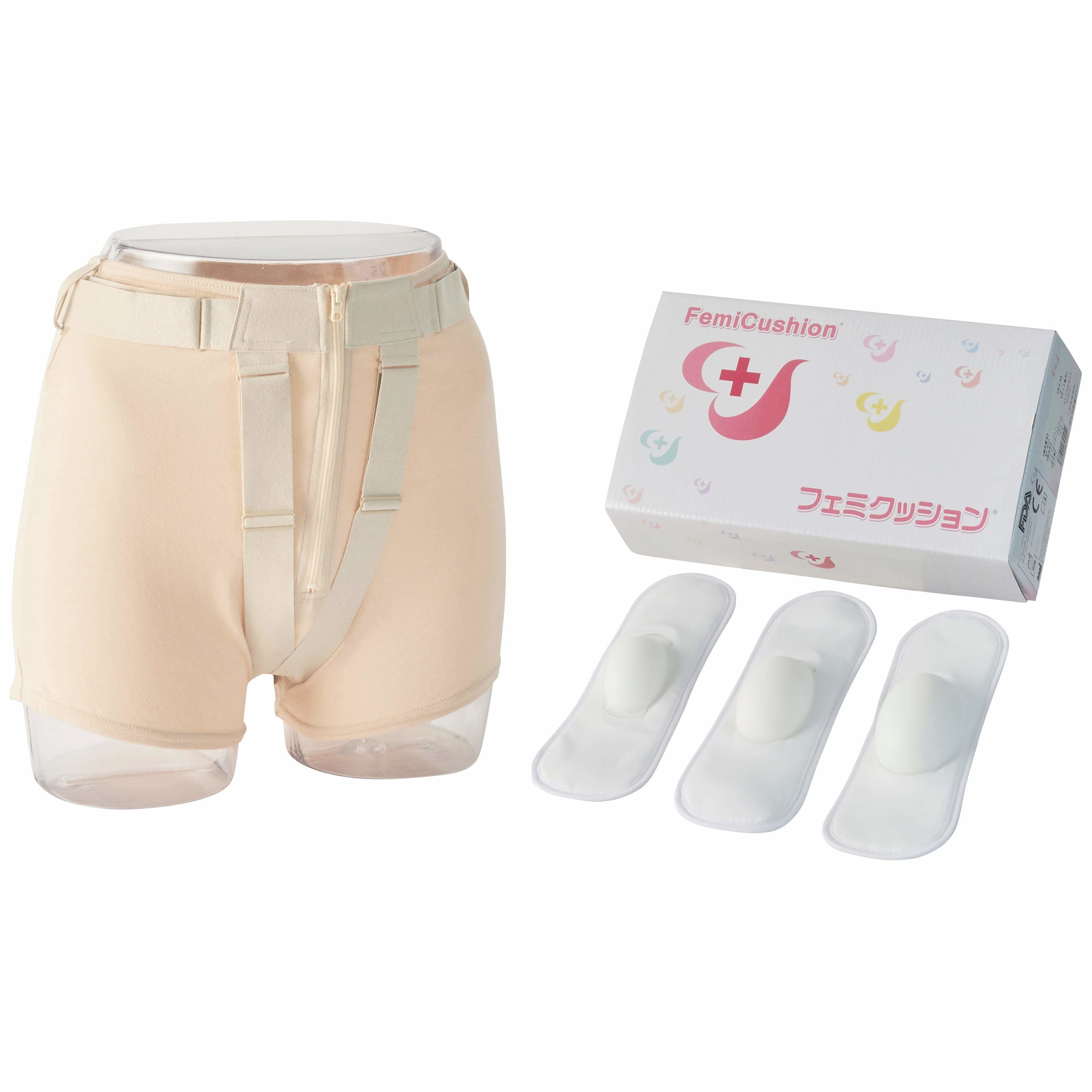Life After Prolapse Surgery
Summary
Table of Contents

Although pelvic prolapse may seem like a rare occurrence, it happens to at least one in 100 women. People with pelvic prolapse have organs that drop down because they no longer have the physical support to keep them in place. For women who are comfortable and suitable with undergoing pelvic prolapse surgery, it is one possible treatment that they can consider. With time to rest and extra care in the weeks after surgery, life after prolapse surgery can usually return to normal.
Prolapse Surgery Basics
There are a few types of prolapse surgery, depending on the organs impacted by the condition. Surgery is usually considered as a later option when other, less-invasive methods have failed to relieve your symptoms. However, not all women are suitable for prolapse surgery. Doctors can help consider if the individual is suitable for surgery or not. Some women may have health conditions making it not possible to undergo prolapse surgery. Additionally, it is crucial to consider if the individual is comfortable with undergoing an invasive procedure that requires a lot of time, energy, and money.
In most cases, the surgeon lifts the organs and provides additional support to minimize or prevent the prolapse. The surgery can be done as an open surgery with a larger incision, or with smaller incisions through the abdomen or vagina. Immediate care after surgery depends on the type of surgery. Many patients stay at the hospital for a few days afterward for additional care and monitoring.
Pain Management
Pain after surgery often feels like bowel or menstrual cramping. Patients usually leave the hospital with prescription pain medications or instructions to take over-the-counter pain medications. It is important to take these medications as directed, and to wait to restart other regular medications under the doctor’s guidance. Limiting activity is a key part of pain management, especially in the first week or two after surgery.
Wound Care After Surgery
Keeping the area clean and dry is important. Most patients are allowed to shower after surgery, and should gently pat the incision dry after washing. You should wait to take a bath per the surgeon’s instructions. Tape or stitches on the incision may fall off as the incision heals. Light bleeding or spotting is common for a few weeks after surgery. You may also want to wear a sanitary pad until the flow stops.
Early Recovery Goals
Doctors usually send patients home with a set of instructions to follow for the first week after surgery. In the early days, recovery goals look different from the months following the surgery. You should take care to avoid rushing recovery too quickly, for the increased risk of pain or injury as a result.
Dress
Wearing tight or close-fitted clothing can put pressure on the abdomen, causing pain or discomfort. You can avoid this problem by wearing loose clothing that is easy to put on and remove. If you need to return to work soon after surgery, you may want to invest in a few comfortable, work-appropriate outfits.
Rest
The best way to recover is to rest as much as possible, particularly in the first few days. You should not do any strenuous exercise, although a small amount of light walking each day is recommended. Asking for help with young children, cooking and household chores is a practical way to minimize the load.
Diet
Although most patients can return quickly to a normal diet, you may want to take a few precautions. Pain medications can irritate the stomach, so choosing to eat gentle foods in the first week might be the best choice. Patients who struggle with constipation should eat foods that are easy to digest and avoid straining when using the toilet.
Urinary Care
Some patients leave the hospital with a urinary catheter, although it is uncommon to need one more than a week after surgery. If urinary incontinence is an ongoing problem, you may want to avoid drinking coffee, tea or other diuretics. Planning to urinate every two to three hours is recommended.
Returning to Exercise
In the weeks after the initial recovery, patients may gradually return to their normal activities. Doctors may suggest doing pelvic floor exercises to strengthen the area. The surgeon may also set limits on sexual activity. You should wait to resume until the doctor gives clearance.
Getting back to an exercise regimen is an excellent idea, but you may need to take time to build up to former routines. Low-impact exercises such as walking or swimming can help to increase stamina, without adding strain.
Life after pelvic prolapse surgery can be more active and enjoyable, particularly when you follow the instructions for rest and care. If you are thinking about pelvic prolapse surgery, consult your doctor for the best treatment options for your condition. FemiCushion offers a non-invasive way to relieve some of the effects of pelvic organ prolapse, before or after surgery.
Read some frequently asked questions about our products or shop our selection. For more information, contact us today.
Supervising Doctor of This Article

Koichi Nagao, MD PhD
Professor, Department of Urology, Toho University Faculty of Medicine
Director of Urinary tract reconstruction center, Toho University Omori Medical Center
Director of Reproduction Center, Toho University Omori Medical Center
Professor Nagao specializes in plastic surgery in the field of reproductive medicine. He completed eight years of plastic surgery training at Showa University before majoring in urology at Toho University. With his meticulous surgical techniques and careful examinations that combines urology and plastic surgery, Professor Nagao became a Board Certified Specialist with multiple associations including the Japanese Urological Association, the Japan Society for Reproductive Medicine, and the Japanese Society for Sexual Medicine.
The suggested Products

Kit FemiCushion EasyOpen Deluxe
$299.99

FemiCushion Standard Deluxe Kit
$299.99

Conjunto de FemiCushion Lite
$249.99
